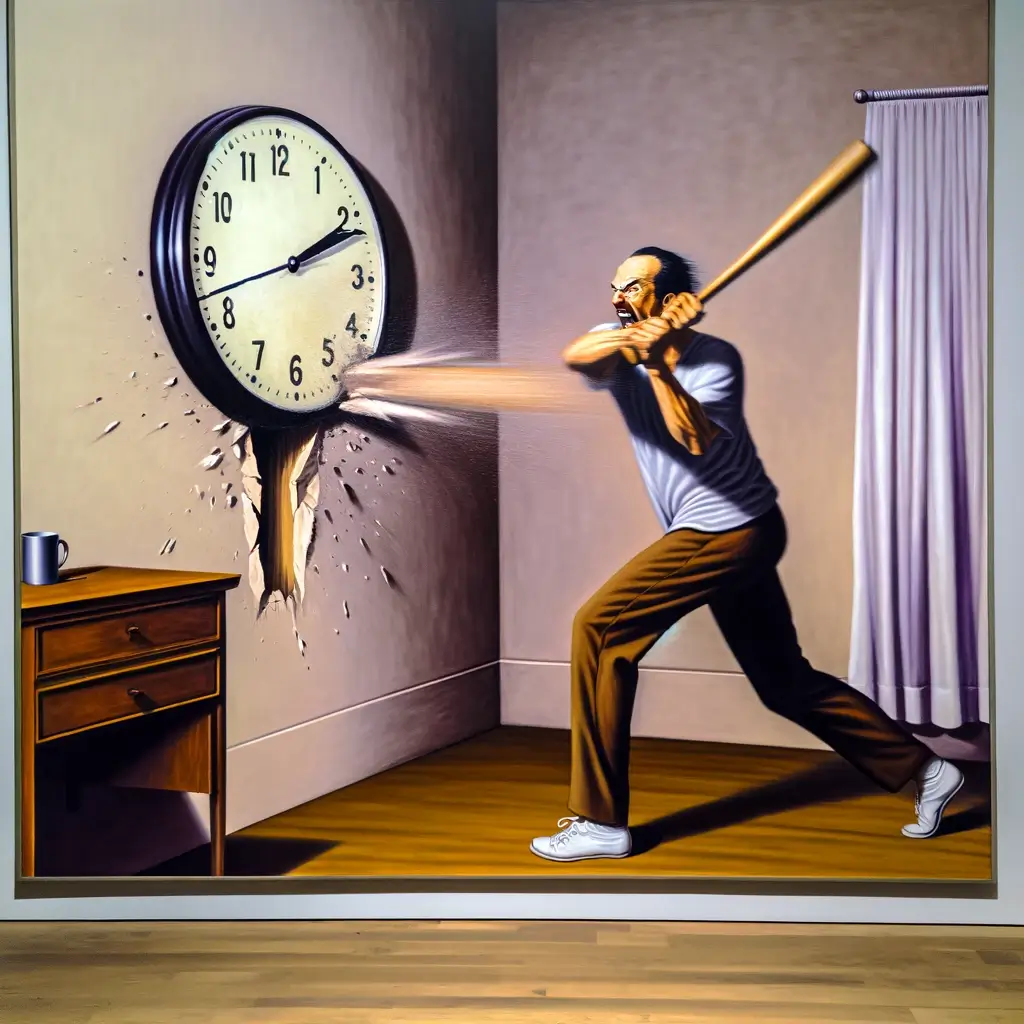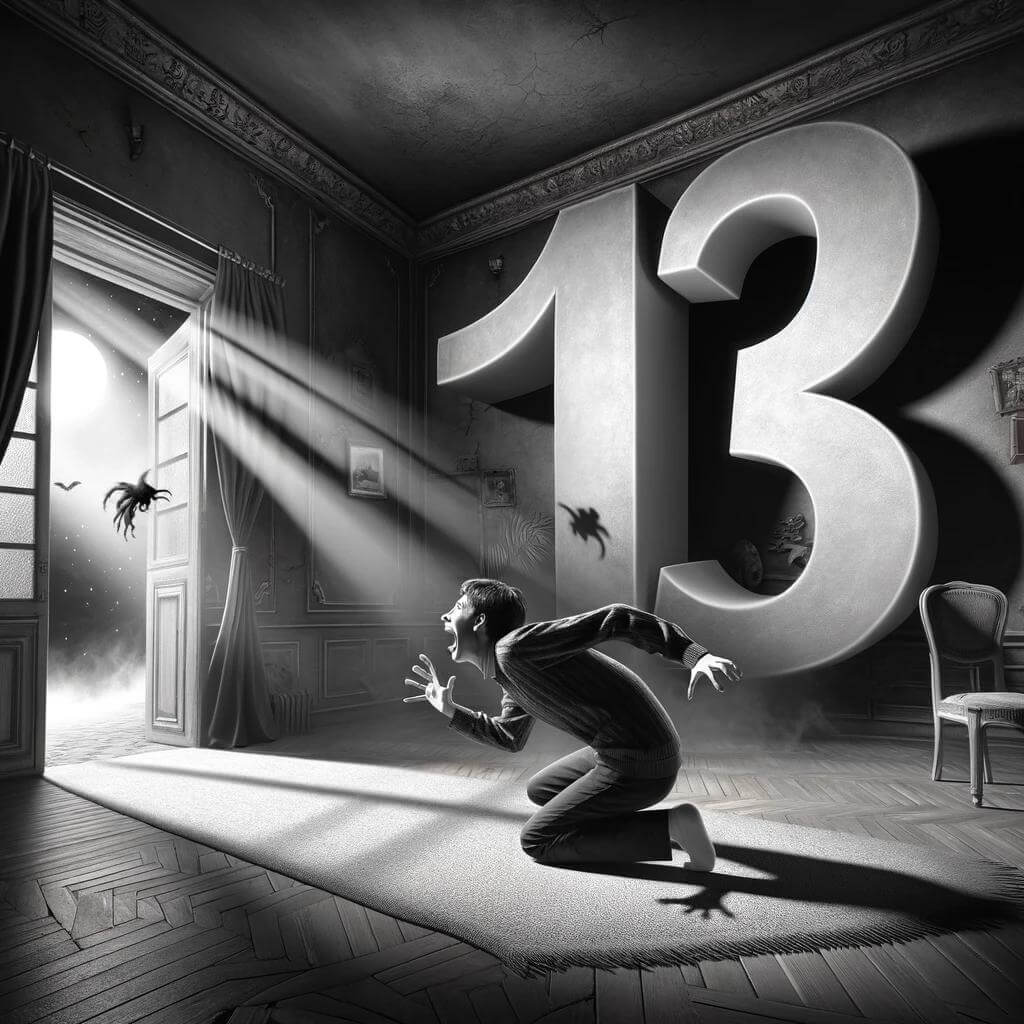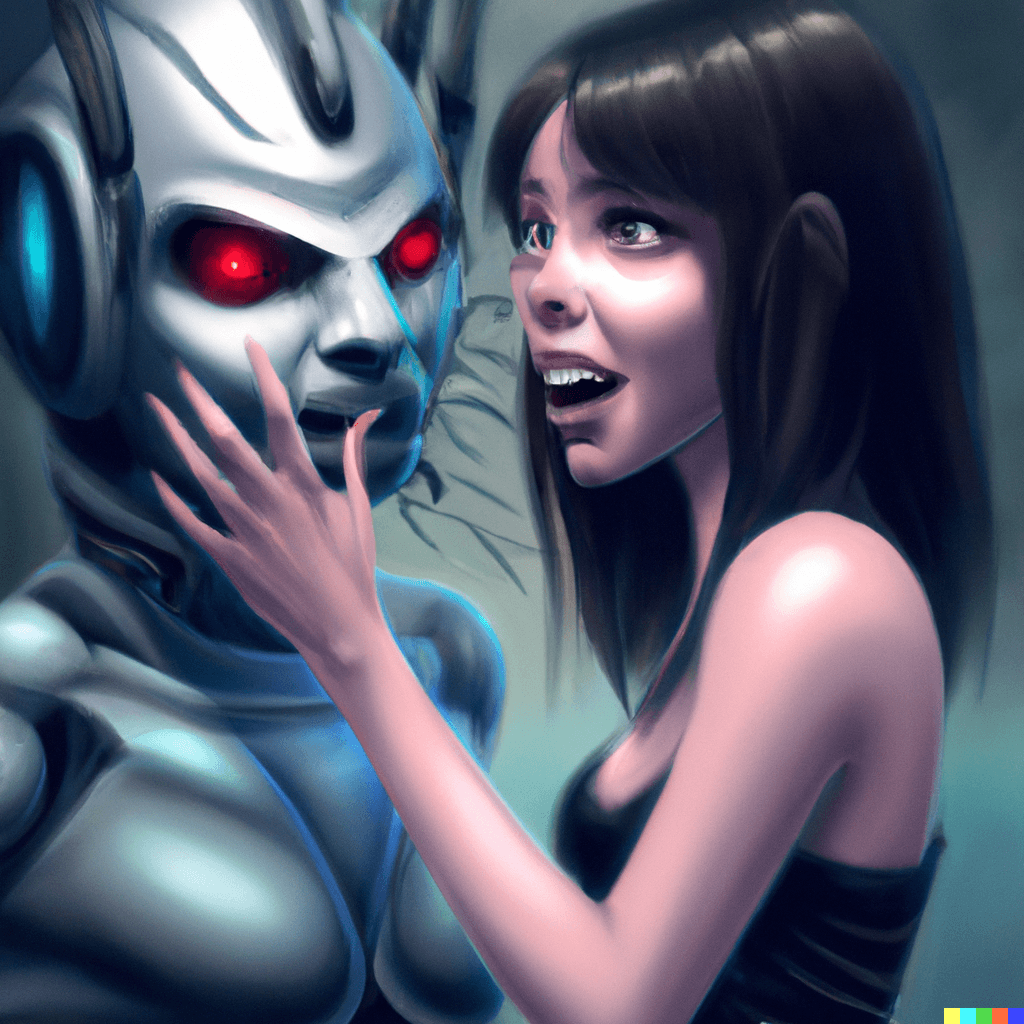When AI Causes Harm: Navigating Personal Injury Cases in the Age of Automation
Artificial Intelligence (AI) and automation are becoming integral parts of our daily lives, from self-driving cars and drones to automated manufacturing processes. As these technologies continue to evolve, they inevitably raise complex legal questions, especially in the realm of personal injury law. When AI causes harm, who is to blame?
Understanding the Challenge
Traditional personal injury law is premised on the concept of negligence, which requires a duty of care, a breach of that duty, and harm resulting from the breach. However, AI and automation challenge this framework. Machines do not have a duty of care in the traditional sense, and they do not make decisions in the same way humans do, complicating the concept of negligence.
Who is Responsible?
When AI or an automated system causes harm, several parties could potentially be held responsible:
- Manufacturer: If the AI system or machine was defective, the manufacturer could be held responsible under product liability law.
- Operator: If the AI system was being operated by a human who failed to intervene in a harmful situation that a reasonable person would have, the operator could potentially be held negligent.
- Programmer/Developer: If a software error or poor design led to the harm, the software developer could potentially be held liable.
Navigating the Complexities
Determining liability in personal injury cases involving AI is far from straightforward. Here are some complexities that might arise:
- Proving Fault: Tracing a harmful decision back to a specific error or decision in the AI’s programming can be challenging, especially with machine learning systems that ‘learn’ and adapt over time.
- Unpredictability: AI systems can behave in unpredictable ways, especially when confronted with situations that they were not explicitly programmed to handle.
- Shared Responsibility: In many cases, responsibility might be shared between multiple parties (e.g., the manufacturer, operator, and software developer), making it difficult to determine who is primarily at fault.
The Future of Personal Injury Law and AI
As AI and automation become increasingly prevalent, legal frameworks will need to evolve to address the unique challenges they present. Potential developments might include:
- New Legislation: Lawmakers may need to draft new legislation that specifically addresses personal injury liability in relation to AI and automation.
- Standards and Regulations: Regulatory bodies might develop new safety and operation standards for AI systems.
- AI Insurance: Similar to car or home insurance, companies may start offering AI insurance to cover potential liability claims.
Navigating personal injury cases in the age of automation requires understanding these complexities and keeping abreast of the evolving legal landscape. As we move forward, one thing is clear: the intersection of AI and law is set to be one of the most fascinating legal frontiers of the 21st century.
Sub Categories
Recent Articles
-
 Apr 21, 2024How to Sue a Fast Food Company: A Step-by-Step Guide
Apr 21, 2024How to Sue a Fast Food Company: A Step-by-Step Guide -
 Apr 12, 2024Sue-ing Nothing Part 5: Legal Expeditions into the Absurd
Apr 12, 2024Sue-ing Nothing Part 5: Legal Expeditions into the Absurd -
 Apr 12, 2024Sue-ing Nothing Part 4: Legal Wanderings into the Realm of the Unfathomable
Apr 12, 2024Sue-ing Nothing Part 4: Legal Wanderings into the Realm of the Unfathomable -
 Apr 12, 2024Sue-ing Nothing Part 3: Legal Quirks and Quests Beyond Imagination
Apr 12, 2024Sue-ing Nothing Part 3: Legal Quirks and Quests Beyond Imagination

